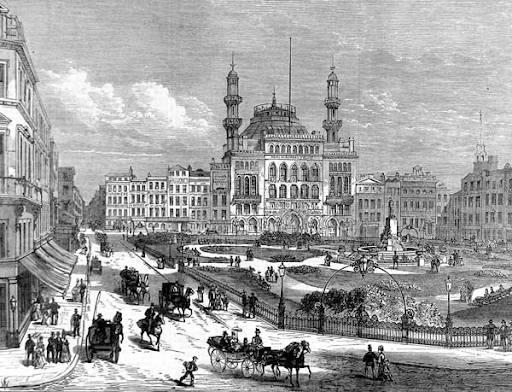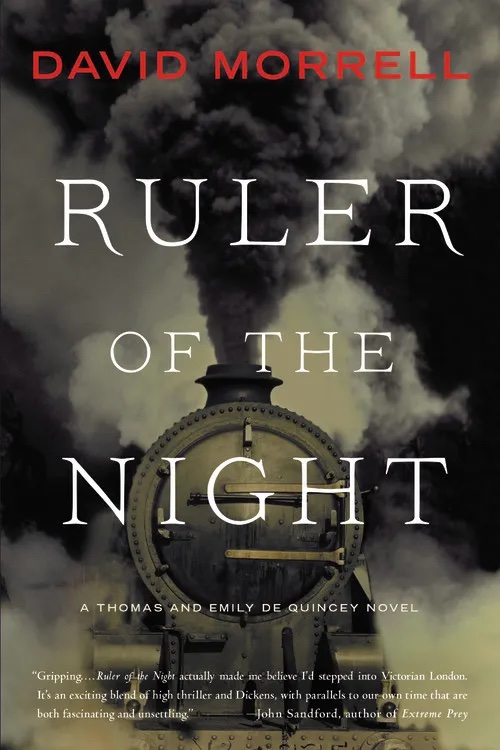Wyld’s Monster Globe
David Morrell’s Ruler of the Night is set on the harrowing, fogbound streets of 1855 London. A gripping Victorian mystery/thriller, its vivid historical details come from years of research. Here is one of the photo essays that David prepared about the novel’s fascinating locations.
“Sixty feet in diameter, one of the tallest buildings in the West End, the Monster Globe occupied much of Soho’s Leicester Square.”

Artist: Thomas H. Shepherd
Wyld’s Monster Globe was constructed in 1851 to take advantage of the millions of curiosity seekers who traveled to London for the first world’s fair—the so-called Crystal Palace Exhibition. (See a separate photo essay about the amazing Crystal Palace.)
Sixty feet in diameter, one of the tallest buildings in the West End, the Monster Globe occupied much of Soho’s Leicester Square, a formerly pastoral area that had degenerated into weeds, trash, and dead cats. An entrepreneur named James Wyld persuaded the square’s owners to lease the area to him, promising to improve it immensely. To their dismay, they discovered that his idea of improvement was to fill the Square with his Globe.
For the price of a shilling, visitors could step inside and admire plaster models of the world’s continents, oceans, rivers, and mountains. As many as three million people did so, and none seemed to think it bizarre that they viewed a world turned outside in, where mountains that normally rose toward the sky now pointed inward toward the Earth’s core. In Ruler of the Night, this inverted world parallels Thomas De Quincey’s inside-out opium logic in which there are many realities. Lord Palmerston visits the Monster Globe for a crucial meeting with one of his spies.

Illustrated London News, 7 June, 1851
As the attraction’s popularity diminished, Wyld allowed the building to deteriorate. When his lease expired in 1862, the owners of Leicester Square reclaimed the property and order Wyld to demolish the huge structure. Restoration of the gardens took several years, but by 1874, the area had indeed been improved immensely. In the next image, the unusual building in the background is the Alhambra Theater, which remained standing until 1936.

